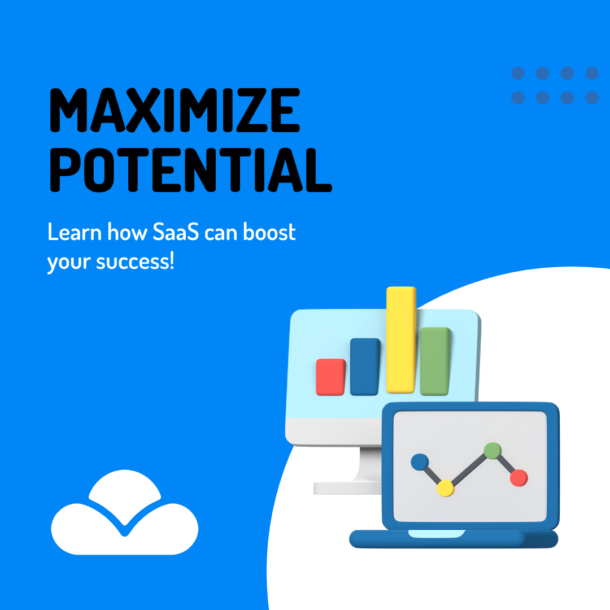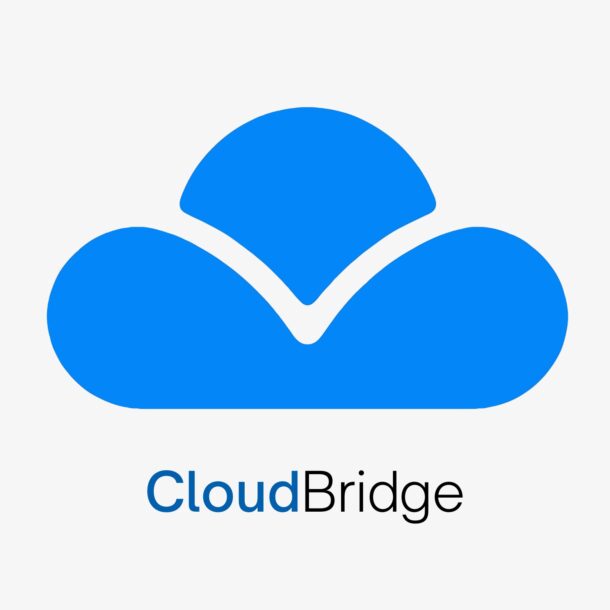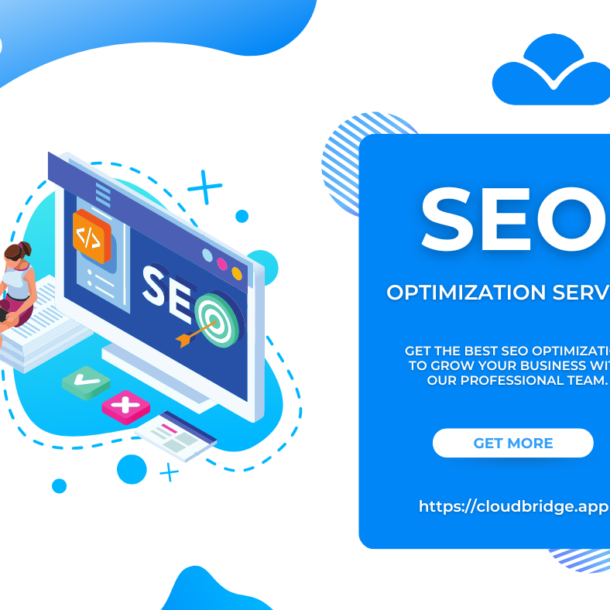Productivity
· SaaS
· Workflow
7 Mind-Blowing Ways SaaS Tools Can Supercharge Your Business Efficiency
Hai Dinh
April 12, 2023As a business owner, you are always looking for ways to improve your operations and increase your efficiency. With the ever-evolving technology landscape, there is a growing trend towards using Software as a Service (SaaS) tools to streamline processes and boost productivity. In this article, we will explore how your business can use SaaS tools to better its efficiency and ultimately, thrive.
Streamline Communication
Effective communication is crucial for any business. SaaS tools like Slack, Microsoft Teams, and Zoom provide easy and efficient ways to communicate with your team, whether you’re in the same office or working remotely. With real-time messaging, file sharing, and video conferencing capabilities, these tools enable seamless communication, allowing you to collaborate and make decisions faster.
Automate Repetitive Tasks
Many businesses spend a significant amount of time on repetitive tasks that can easily be automated. SaaS tools like Zapier and IFTTT allow you to connect different apps and automate tasks like data entry, social media posting, and email marketing. By automating these tasks, you can save time and focus on more important business activities.
Centralize Data Management
With the increase in digital data, managing and organizing it has become more challenging than ever. SaaS tools like Dropbox, Google Drive, and OneDrive provide a centralized location for storing and accessing files, making it easier to collaborate with team members and share documents with clients. This not only saves time but also reduces the risk of data loss or duplication.
Analyze Performance Metrics
As a business owner, it’s essential to understand how your business is performing. SaaS tools like Google Analytics, Hotjar, and Mixpanel provide in-depth insights into website traffic, user behavior, and customer engagement. By analyzing these metrics, you can make data-driven decisions and optimize your business operations.
Improve Project Management
SaaS tools like Trello, Asana, and Monday.com provide a centralized platform for managing projects, assigning tasks, and tracking progress. With features like task lists, timelines, and calendars, these tools enable efficient project management, helping you complete projects on time and within budget.
Enhance Customer Relationship Management
Customer relationship management (CRM) is critical for any business. SaaS tools like HubSpot, Salesforce, and Zoho CRM provide a centralized location for managing customer data, tracking interactions, and automating workflows. By using these tools, you can improve customer engagement, build stronger relationships, and increase sales.
Simplify Accounting
Managing finances can be a headache for many businesses. SaaS tools like QuickBooks, Xero, and FreshBooks provide a cloud-based accounting system that simplifies financial management, enabling you to track expenses, generate invoices, and manage payroll all in one place.
Using SaaS tools is not only cost-effective, but it also provides businesses with access to cutting-edge technology that can improve efficiency and productivity. By implementing these tools into your operations, you can streamline processes, automate tasks, and ultimately, grow your business.
Essentially, SaaS tools are becoming increasingly popular among businesses of all sizes due to their ability to maximize efficiency and streamline processes. With the ever-evolving technology landscape, it’s essential to stay up-to-date with the latest SaaS tools and trends to remain competitive in today’s business world. By implementing the above SaaS tools, you can take your business to the next level and thrive in today’s digital age.
Related Articles





